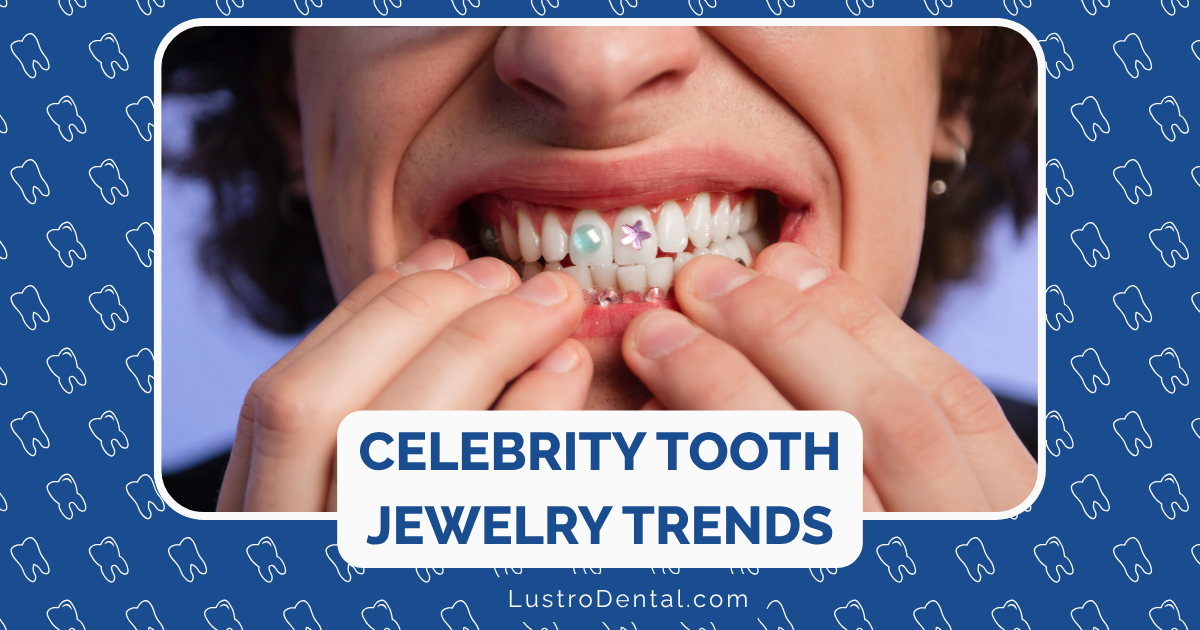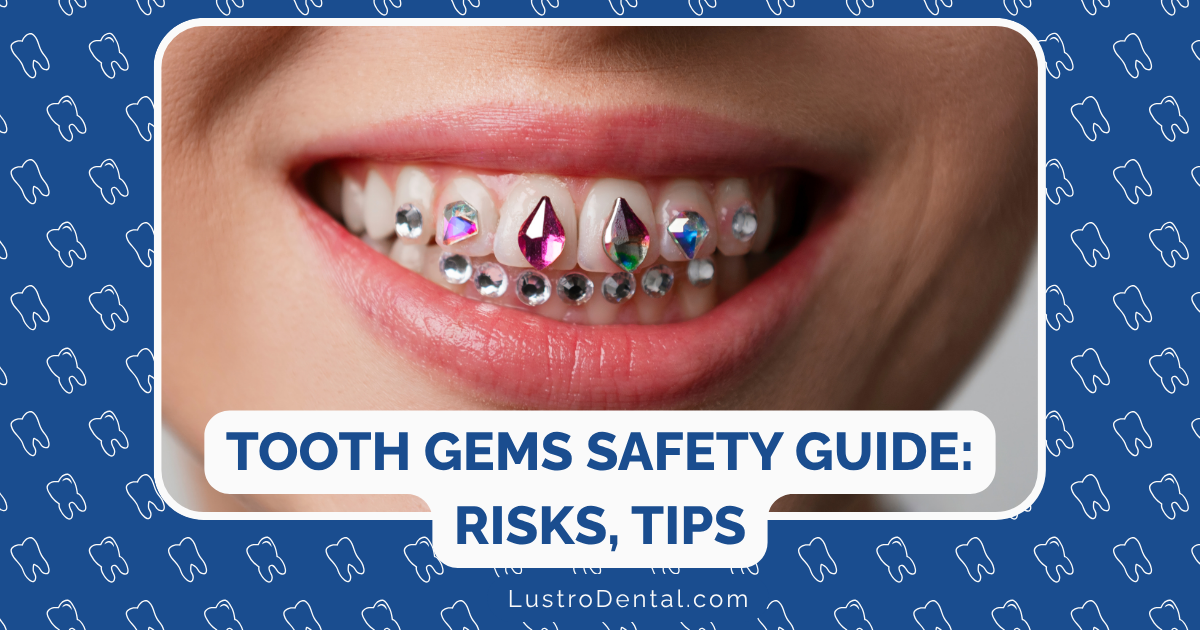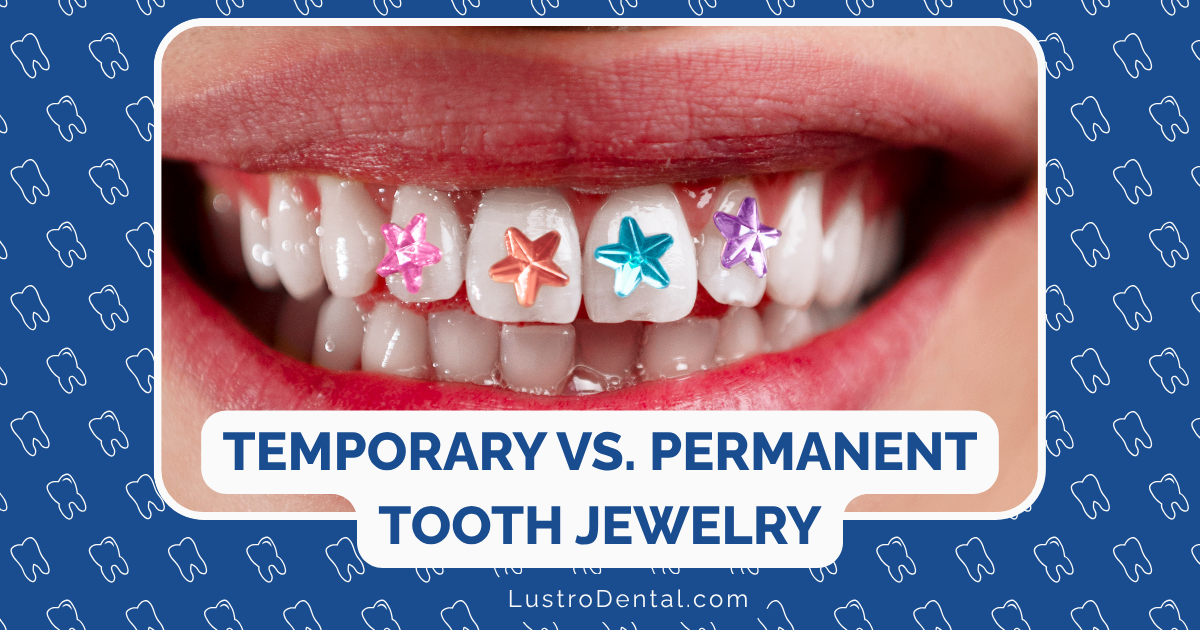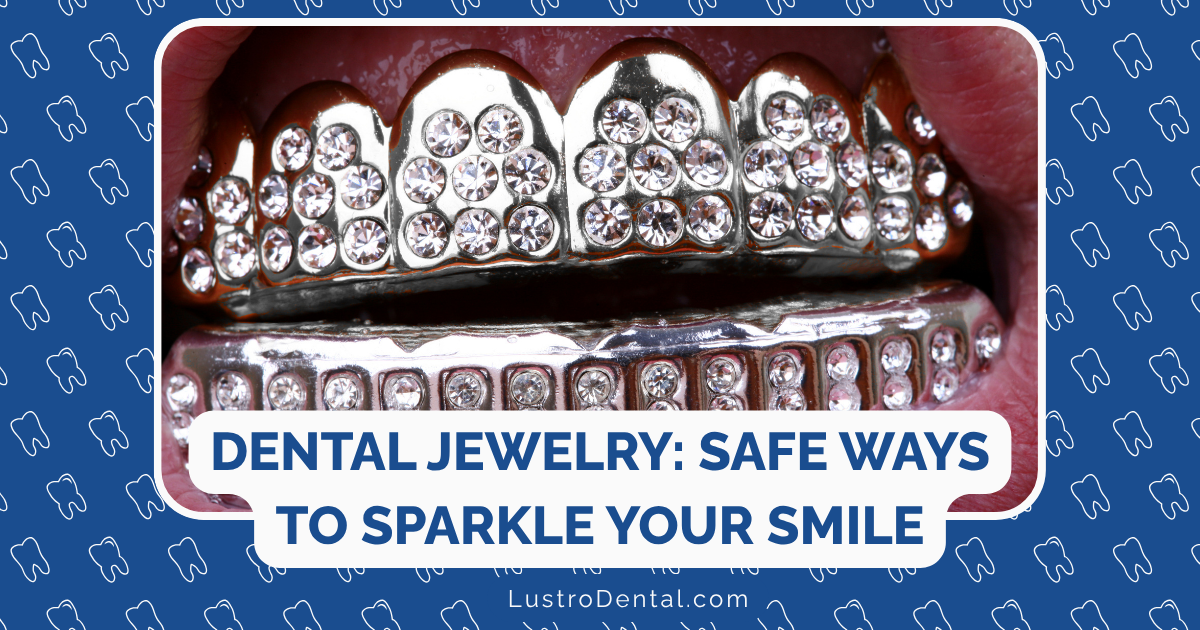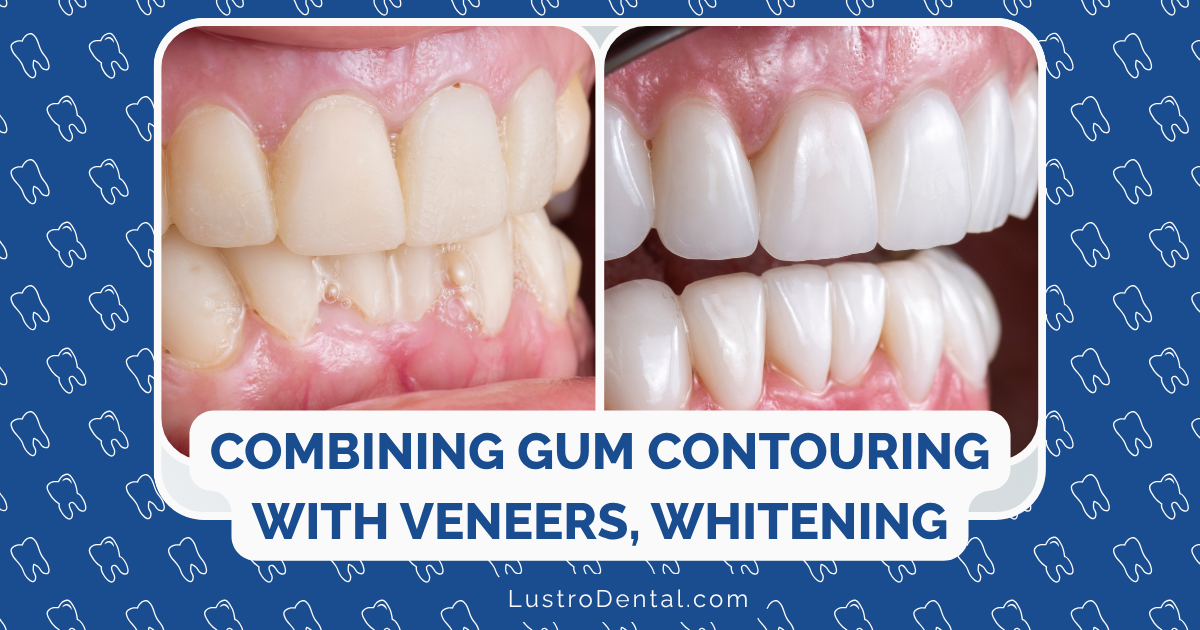Phased Smile Makeovers: Transforming Your Smile on a Budget

When Lisa first came to my office, she had a folder filled with magazine cutouts of perfect celebrity smiles and a defeated look on her face. “I know I can’t afford anything like this,” she said. “But I’m tired of hiding my smile in photos and job interviews. Is there anything I can do that won’t break the bank?”
Lisa’s situation is incredibly common. Many people assume that transforming their smile is an all-or-nothing proposition with a price tag that puts it firmly out of reach. What they don’t realize is that cosmetic dentistry doesn’t have to be completed all at once—and a strategic, phased approach can make a beautiful smile accessible on almost any budget.
Understanding Phased Smile Makeovers
A phased smile makeover is exactly what it sounds like: a comprehensive plan to transform your smile that’s broken down into manageable stages. Rather than completing all procedures simultaneously, treatments are strategically sequenced over months or even years to accommodate both financial constraints and healing time.
This approach isn’t just about making treatment more affordable—though that’s certainly a major benefit. Phasing also allows for:
- Treatment reassessment: Each phase builds on the previous one, allowing your dentist to adjust the plan as needed based on how your mouth responds.
- Less overwhelming recovery: By spacing out procedures, you never have to endure multiple recovery periods simultaneously.
- Opportunity to test-drive changes: Phased approaches often let you live with certain improvements before committing to others, ensuring you’re happy with the direction.
The Strategic Sequencing Approach
A well-designed phased smile makeover typically follows a logical progression that prioritizes health, function, and then aesthetics. Here’s the five-step sequence most cosmetic dentists recommend:
Phase 1: Address Oral Health Fundamentals
Before any cosmetic work begins, the foundation must be solid. This phase typically includes:
- Treatment of active decay or gum disease
- Replacement of failing restorations
- Addressing any pain or discomfort
Why it’s first: No amount of cosmetic work will be successful or long-lasting if built on an unhealthy foundation. Plus, many insurance plans cover these treatments, making it a financially smart starting point.
Average cost range: $300-1,500 depending on the extent of needed work
Sarah’s story: “I was disappointed when my dentist insisted on treating my gum disease before whitening my teeth. But six months later, I understood why—my gums no longer bled, my teeth felt more secure, and the whitening results were much better because my gums didn’t inflame during treatment.”
Phase 2: Establish Structural Integrity
Once basic health is addressed, the next phase focuses on ensuring your teeth are structurally sound:
- Root canal therapy for compromised teeth
- Placement of crowns on weakened teeth
- Core buildups where needed
Why it’s second: These treatments protect teeth from further damage and create a stable foundation for cosmetic enhancements.
Average cost range: $800-3,000 depending on the number of teeth requiring treatment
Insurance tip: Many structural procedures like crowns are partially covered by insurance when medically necessary, so completing this phase before purely cosmetic work maximizes your benefits.
Phase 3: Correct Alignment Issues
With health and structural concerns addressed, alignment comes next:
- Traditional braces or clear aligners
- Limited orthodontics focusing on visible teeth
- Correction of bite issues
Why it’s third: Straight teeth not only look better but are easier to clean and function better. Alignment also often reduces the amount of cosmetic work needed later.
Average cost range: $2,000-6,000 depending on the complexity and method chosen
Budget-friendly option: Clear aligner therapy focusing only on front teeth can sometimes be completed for $1,500-3,000, significantly less than full-mouth orthodontics.
Phase 4: Replace Missing Teeth
If you have gaps from missing teeth, addressing these becomes the next priority:
Why it’s fourth: Replacing missing teeth restores function and prevents shifting of remaining teeth, creating a complete foundation for final cosmetic touches.
Average cost range: $1,200-5,000 per tooth depending on the replacement method
Michael’s story: “I couldn’t afford implants for all three missing teeth at once. My dentist suggested replacing one tooth per year over three years. This let me use my insurance maximum each year and spread out the cost. Now my smile is complete, and it never felt financially overwhelming.”
Phase 5: Final Aesthetic Enhancements
The last phase focuses on purely cosmetic improvements:
- Professional teeth whitening
- Dental bonding
- Veneers
- Gum contouring
Why it’s last: These finishing touches deliver the most visual impact and are best performed after all structural and functional issues are resolved.
Average cost range: $200-2,500 per tooth depending on the procedure
Cost Comparison: Phased vs. All-at-Once Approach
Let’s look at a typical smile makeover to understand the financial difference:
All-at-once approach for a full smile makeover:
- 8 porcelain veneers: $12,000
- 2 dental implants: $8,000
- Professional whitening: $650
- Total cost: $20,650 due immediately
Same treatment with phased approach:
- Year 1: Professional whitening ($650) + address dental health issues ($1,000)
- Year 2: First dental implant ($4,000)
- Year 3: Second dental implant ($4,000)
- Year 4: 4 upper veneers ($6,000)
- Year 5: 4 lower veneers ($6,000)
- Total cost: $21,650 spread over five years
While the phased approach might cost slightly more in total (due to potential fee increases over time), the financial burden is significantly reduced by spreading payments. Plus, this approach allows you to:
- Maximize insurance benefits each year
- Save between phases
- Adjust the plan if financial circumstances change
Affordable Alternatives Within Each Phase
Within each phase, there are often multiple treatment options at different price points:
Whitening Options
- Professional in-office whitening: $500-1,000
- Dentist-provided take-home trays: $250-500
- Over-the-counter whitening products: $20-100
According to the American Dental Association, while professional options provide more dramatic results, ADA-approved over-the-counter products can be effective for mild staining.
Veneer Alternatives
- Porcelain veneers: $900-2,500 per tooth (lasts 15-20+ years)
- Composite veneers: $250-1,500 per tooth (lasts 5-7 years)
- Dental bonding: $100-600 per tooth (lasts 3-10 years)
Lisa’s story: “I couldn’t afford porcelain veneers for all six front teeth, so my dentist suggested composite bonding on the four most visible teeth. The improvement was amazing, and I’m saving for porcelain veneers one tooth at a time as the bonding needs replacement.”
Tooth Replacement Options
- Dental implant: $3,500-5,000 per tooth
- Traditional bridge: $2,000-5,000 for a three-unit bridge
- Removable partial denture: $650-2,500
Financing Your Phased Smile Makeover
Even with treatment phasing, you might need additional financial support. Consider these options:
Dental Insurance Maximization
Most dental insurance plans have an annual maximum benefit (typically $1,000-1,500). A phased approach allows you to strategically schedule procedures across calendar years, potentially doubling your insurance contribution.
Pro tip: Schedule the first phase of treatment in late fall/early winter, then the next phase after January 1 to utilize two years’ worth of benefits in just a few months.
Dental Discount Plans
Unlike insurance, dental discount plans provide immediate savings of 15-50% on procedures with no annual maximums. These can be especially valuable for cosmetic procedures not covered by insurance.
Health Savings Accounts (HSAs) and Flexible Spending Accounts (FSAs)
These tax-advantaged accounts allow you to set aside pre-tax dollars for qualified dental expenses. While purely cosmetic procedures may not qualify, many phased smile makeover treatments do.
Specialized Dental Financing
Options like CareCredit offer specific financing for dental procedures, often with promotional periods of 6-24 months without interest if paid in full.
Creating Your Personalized Phased Plan
The key to a successful phased smile makeover is comprehensive planning from the start. Here’s how to approach it:
1. Start with a Comprehensive Consultation
Look for a dentist who offers a thorough evaluation and digital smile design capabilities. This technology allows you to visualize the end result before starting treatment.
2. Prioritize Based on Health Implications
Work with your dentist to identify which issues could worsen if not addressed promptly versus those that are stable and can wait.
3. Consider Visibility Factors
Front teeth naturally have more impact on your smile’s appearance than back teeth. Prioritizing visible areas in earlier phases can provide significant aesthetic improvement even before the plan is complete.
4. Discuss Financing Options Upfront
Be transparent about your budget constraints. Many dentists offer in-house payment plans or can help sequence treatment to maximize insurance benefits.
5. Set a Realistic Timeline
Most phased smile makeovers take 1-5 years to complete. Understanding this timeline from the beginning helps manage expectations.
Real Success Stories: Phased Transformations
Jennifer’s Gradual Transformation
Jennifer, a 34-year-old teacher, couldn’t afford the $18,000 quoted for her full smile makeover. Instead, she opted for a phased approach:
- Phase 1 (Year 1): Dental cleaning, filling replacements, and professional whitening ($1,200)
- Phase 2 (Year 1-2): Clear aligner therapy for front teeth only ($2,800)
- Phase 3 (Year 3): Dental bonding on four front teeth with chips ($1,600)
- Phase 4 (Years 4-5): Two porcelain veneers per year on most visible teeth ($8,000 total)
Total investment: $13,600 spread over five years, with a significantly improved smile after just the first two phases.
“After the first year, I already felt confident enough to smile in photos,” Jennifer shared. “By year three, most people thought my treatment was complete, even though I was still working toward my ideal smile.”
Robert’s Functional-to-Aesthetic Approach
Robert, a 52-year-old with several missing and damaged teeth, followed this sequence:
- Phase 1 (Year 1): Gum disease treatment and extraction of hopeless teeth ($2,000)
- Phase 2 (Year 2): First dental implant for a missing front tooth ($4,500)
- Phase 3 (Year 3): Crowns on damaged molars ($3,600)
- Phase 4 (Year 4): Second dental implant ($4,500)
- Phase 5 (Year 5): Professional whitening and bonding on front teeth ($1,800)
“The phased approach let me address the most embarrassing issues first—the missing front tooth—while spreading out the cost of the remaining work,” Robert explained. “Each year, I saw improvement, which kept me motivated to continue.”
Is a Phased Approach Right for You?
A phased smile makeover might be ideal if:
- Your budget doesn’t allow for comprehensive treatment all at once
- You have both functional and aesthetic concerns
- You’re not in a rush to complete treatment
- You want to “test drive” changes before committing to more extensive work
However, there are some situations where phasing may not be best:
- When significant discounts are offered for completing all treatment at once
- When one phase heavily depends on another being completed
- When you have an urgent timeline (such as a wedding in three months)
Getting Started: Your Next Steps
If you’re interested in exploring a phased smile makeover:
- Research cosmetic dentists in your area who offer comprehensive smile design services.
- Schedule consultations with at least two providers to compare approaches and costs.
- Be upfront about your budget constraints during consultations.
- Ask to see before/after photos of similar cases, particularly those completed in phases.
- Request a written treatment plan that outlines all phases, approximate timelines, and cost estimates.
Remember that the most successful smile makeovers—phased or not—begin with clear communication about your goals, concerns, and limitations.
Conclusion: Your Dream Smile Is Within Reach
A beautiful smile doesn’t have to come with a prohibitive price tag or overwhelming treatment process. With strategic planning and a phased approach, you can transform your smile gradually while respecting your budget and comfort level.
As Lisa discovered after completing her three-year phased makeover: “Looking back, I’m actually glad I couldn’t afford to do everything at once. The gradual change felt more natural, I had time to adjust to each improvement, and friends just thought I was ‘aging backward’ rather than having obvious dental work done.”
Your journey to a confident smile can start today—one phase at a time.
Have you undergone a phased smile makeover or are you considering one? Share your experience or questions in the comments below!


